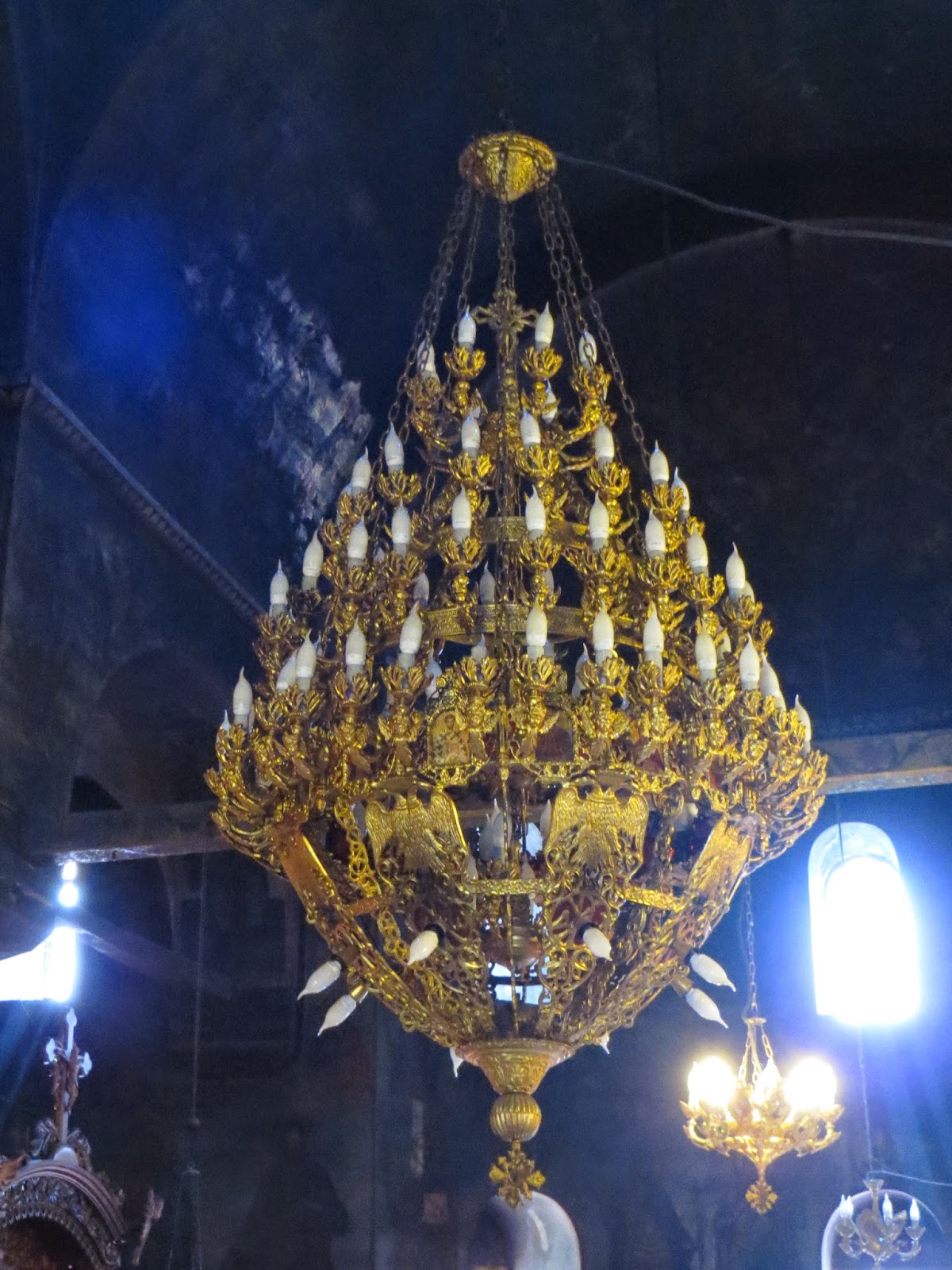Sorry again for the spacing issues; I will try and fix them before my next post.
While up pretty late working
on the computer in the sitting room last night (9/30), I began chatting with
another guest Dahlia, who hadn’t been able to sleep because other
hotel guests were having a grand old time out on the patio just below us even
though it was after midnight . She and her partner, Noam, are from an area not far north of Haifa ,
Israel Bulgaria Israel Plovdiv
After finding the right road out of Plovdiv, we were on the way about10ish , driving in the mountains that reminded us of being back home and going out for a fall drive driving home from Evergreen. Assen's Fortress was built in the 9th C. by the Byzantine empire to guard the gate of the Aegean pass as well as to secure the area's Byzantine border.
After finding the right road out of Plovdiv, we were on the way about
 |
| The lovely Dahlia and Noam |
 |
| The 12th C. St. Mary of Petrich Church in the fortress. |
 |
| Near the altar was this painting on an elevated slanted table with coins on the bottom; no idea what it was. |
 |
| We walked up here for a great view of the valley below and also a different perspective of the fortress. |
From the fortress
Noam drove us to Bachovo
Monastery, about 25 miles south
of Plovdiv
Byzantine military service. After being ransacked by
the Turks in the 15th and
16th centuries, it
went through major reconstruction in the mid 17th C. it’s Bulgaria
largest monastery after Rila.
From the courtyard, we walked through the Church of Sveta Bogoroditsa, built in
1604, which contained many beautiful frescoes and murals.
What was especially
moving was this much cherished icon of the Virgin, allegedly painted by St. Luke
though actually dating from the 14th C. We witnessed pilgrims pray in front of the
silver encased icon, touching it repeatedly as they did.
There was a rarely opened courtyard next to the church which led to a small church,
Church of Sveta Nikolai, above, which was unfortunately closed. We were able to see the exterior ceiling frescoes through a chained gate blocking the front door however which led us to imagine how beautiful the interior would be.
The four of us hiked up a path a few minutes to the Ossuary for some more lovely views before returning to the car.
 |
| Sign at the monastery's exit. |
The four of us hiked up a path a few minutes to the Ossuary for some more lovely views before returning to the car.
views
Noam and Dahlia then kindly drove us all the way back to the Guest House while
trying to decide where to stop next, at Rila Monastery or at BoyanaChurch
staying inSofia
was so similar to Rila and Boyana was so much closer since they were under a time
crunch. I wonder what they decided!
trying to decide where to stop next, at Rila Monastery or at Boyana
staying in
was so similar to Rila and Boyana was so much closer since they were under a time
crunch. I wonder what they decided!
It was sad saying goodbye but we hope to meet up with them in several weeks when we’re in Haifa
Steven and I spent most of the afternoon relaxing in the sun and reading up at the Archeological Complex or Ancient Fortress dating back to the 12th century B.C. on Nebet Hill just steps from the Guest House. Plovdiv’s magnificent 2nd C. AD Roman
Amphitheater was built by Emperor Trajan (yup HIM again!) at the end of the 1st
and beginning of the 2nd C. but only uncovered by a freak landslide
in 1972. It once held about 6000 spectators, was active until the 5th
C. and was used for theatrical
of Music ,
Dance and Fine Arts.
performances as well as gladiators’ and hunting games.
We came on one of the best
preserved ancient theaters in the world
through a small passageway into the Academy


































No comments:
Post a Comment